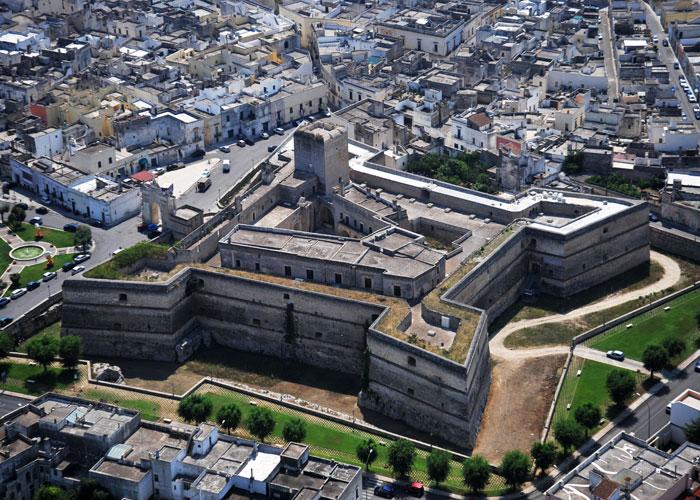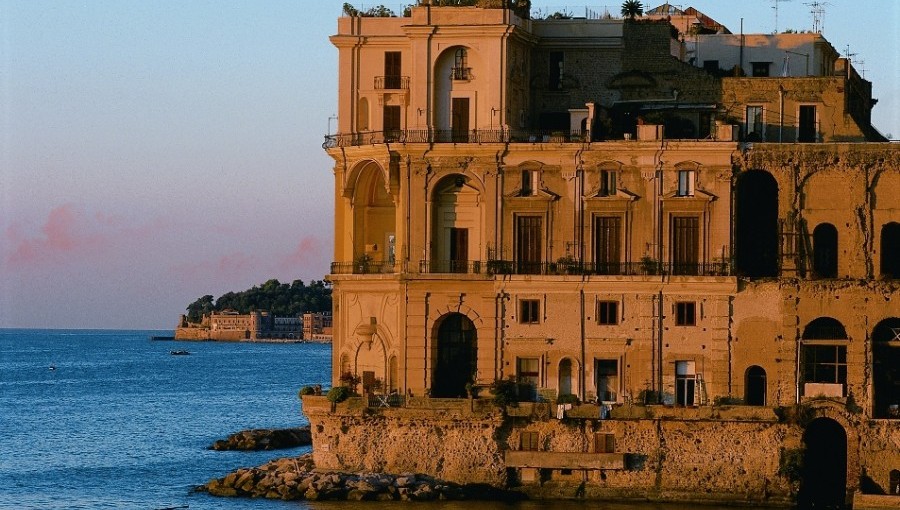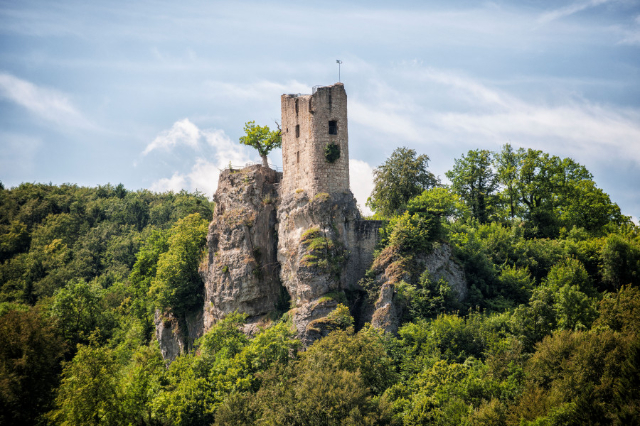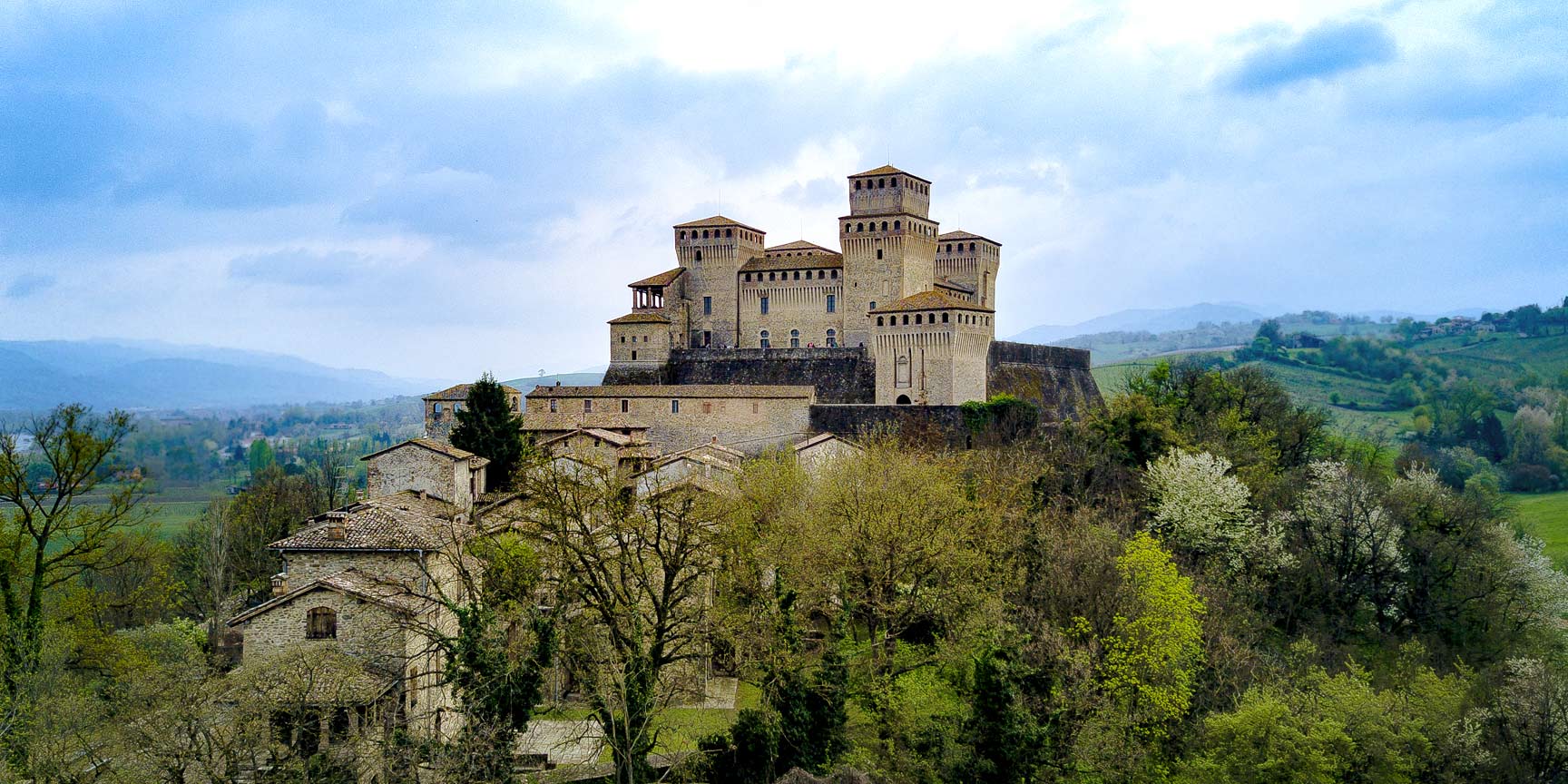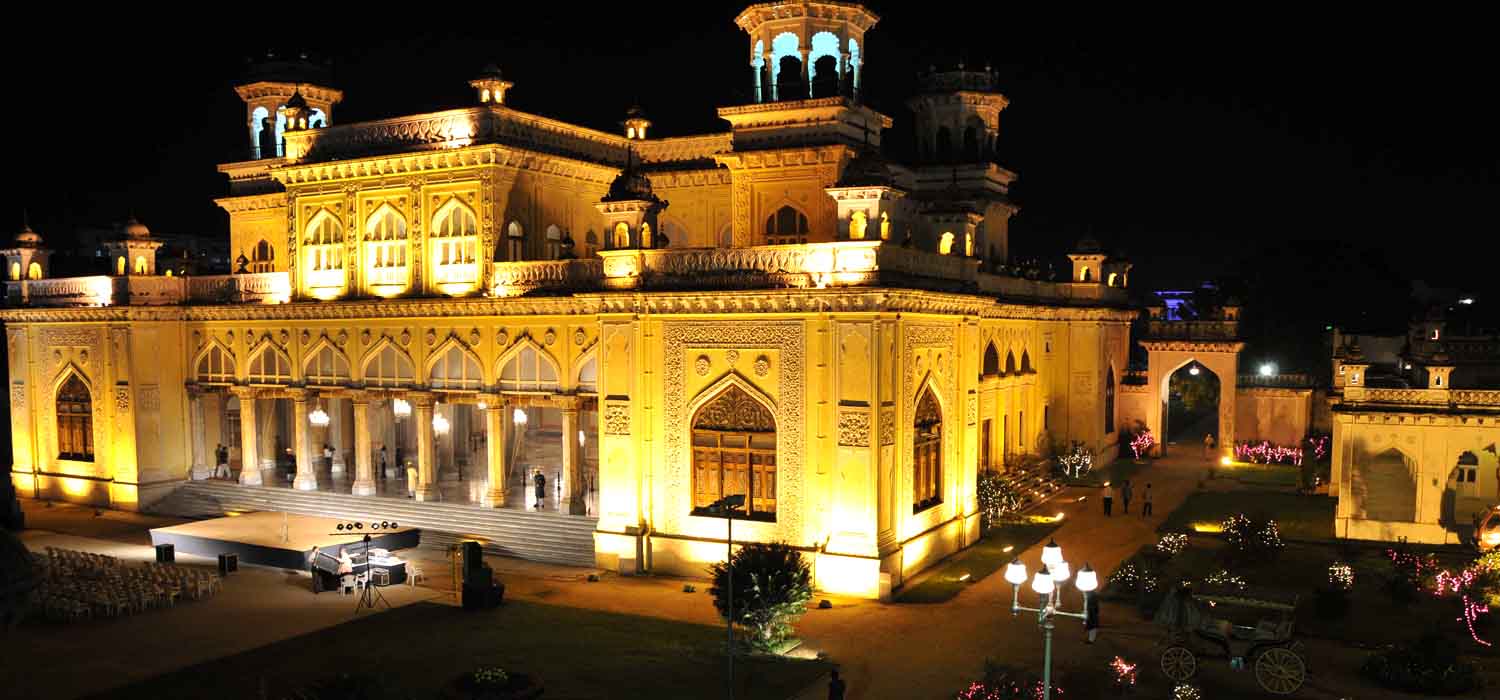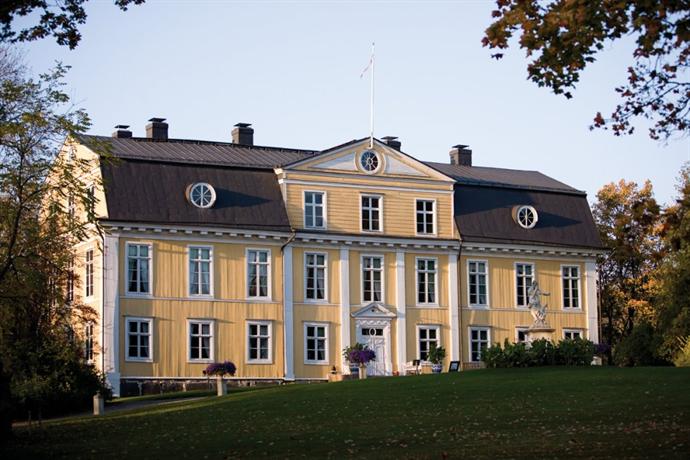The Castle of Copertino, a fortified building that stands out in its kind both for its monumental dimension and for its structural typology, represents a relevant example of Renaissance military architecture in Puglia. The original nucleus of the complex can be identified in the keep, which can be traced back to the military reorganization program promoted by Charles I of Anjou, who in 1266 elevated Copertino to county administrative seat. In the thirties of the sixteenth century the Marquis Alfonso Granai Castriota, general of Charles V and feudal lord of the County, began the modernization of the castle, entrusting the work to the Apulian architect Evangelista Menga. Menga incorporated the pre-existing structures into a quadrangular plan crowned by four powerful corner ramparts and surrounded by a large moat. In 1557 the manor was bought by the Genoese Squarciafico family; from them it passed to the Pinelli, the Pignatelli and, in the nineteenth century, to the Granite of Belmonte. In 1885 the Castle was declared a National Monument and in 1956 it was acquired by the State Property Office. The 16th century building, with a trapezoidal plan, crowned by four lanceolate corner bastions and surrounded by a large moat, contains older elements, among which the Angevin donjon stands out. The entrance is announced by the sumptuous Renaissance portal, whose decorations, composed of a series of rosettes, panoplies, bas-reliefs and medallions, constitute a note of prestigious richness. The inner courtyard is overlooked by structures from different periods, including the small chapel dedicated to St. Mark; inside this are the sarcophagi of the Marquis Squarciafico, who owned the castle in 1557 and commissioned the cycle of frescoes that decorates the room, by the painter Gianserio Strafella. In the parade ground there are a well and a portico, built later, with the coat of arms of the Pinelli-Pignatelli family, the stables and the galleries of the Angevin age. An open staircase leads to the upper floor, where there are the fourteenth-sixteenth-century rooms of the so-called " palazzo vecchio", residence of the barons. Halfway up the ramp is the Chapel of the Magdalene, with the remains of a frescoed cycle of paintings dating back to the first half of the fifteenth century. The path inside the Castle allows you to discover the stages that have marked the evolution of the building in relation to the progress of military technique and the events that affected the area between the Middle Ages and the modern era, intertwining with the history of the various families who succeeded one another in the possession of the feudal estate of the Castle. Worthy of interest are the frescoed cycles of the two chapels, the late Gothic one in the Chapel of Magdalene and the Renaissance one, with figures of saints and scenes from the Old and New Testament, in the Chapel of St. Mark.
